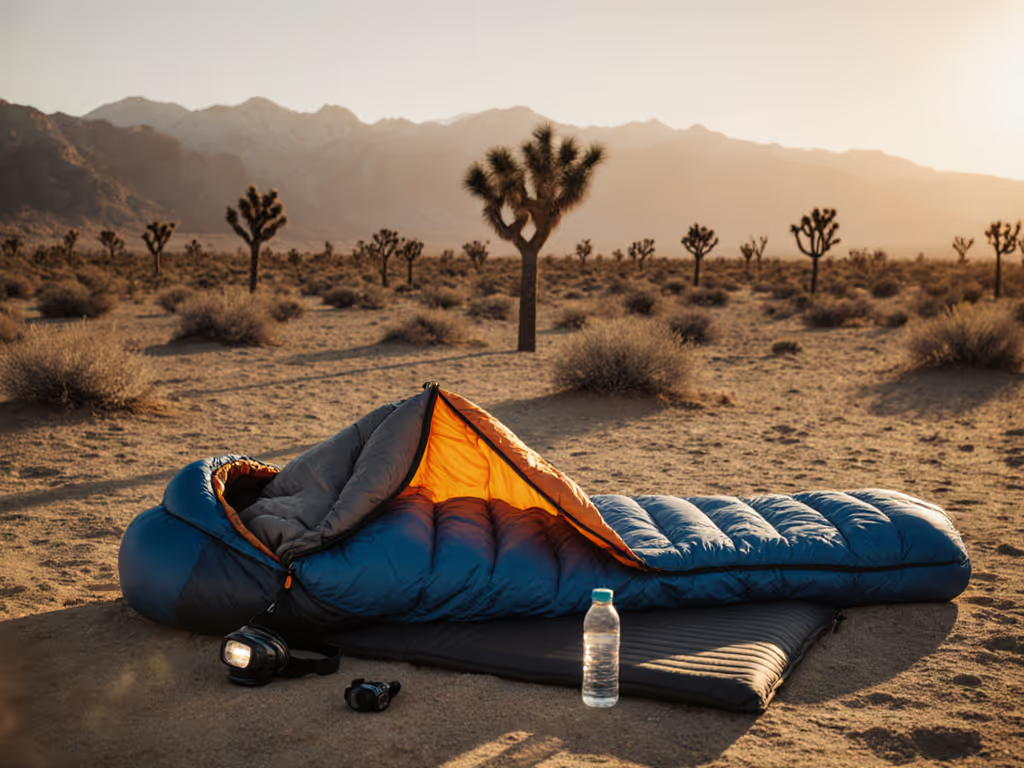
Tall Camper Sleeping Bags: Avoid Ankle Drafts Without Extra Weight
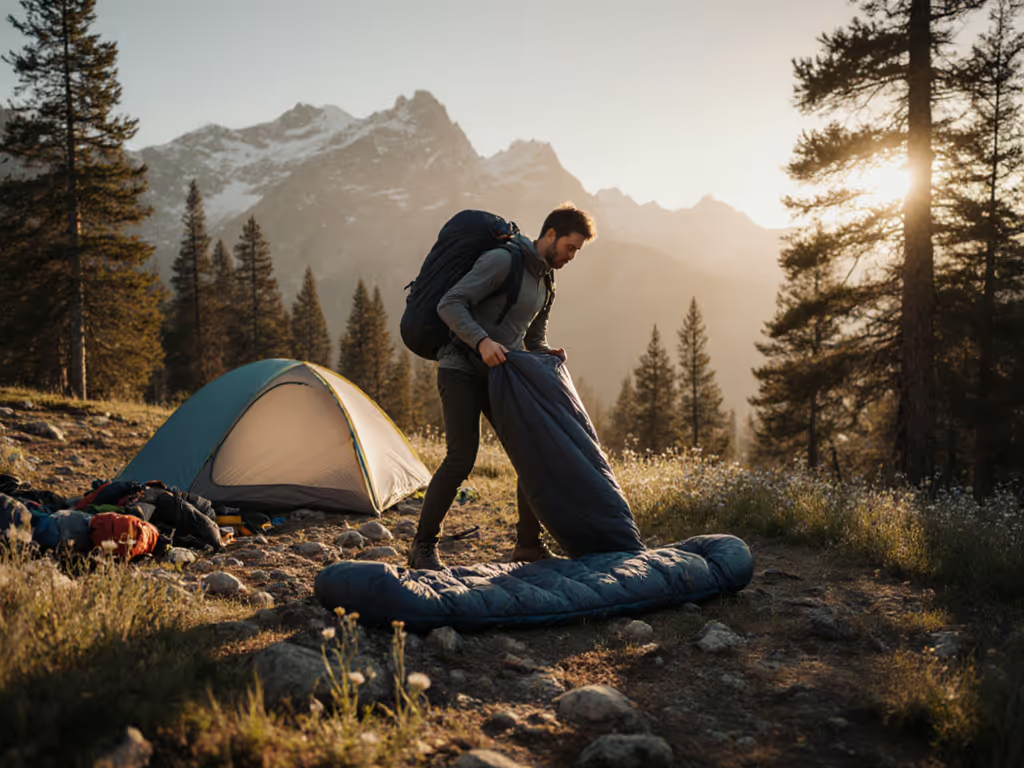
If you've ever woken shivering at 3 AM because your feet were freezing in supposedly adequate sleeping bags, know this: it's not your fault. Most sleeping bags fail tall campers at the ankle (a cruel irony when you've paid premium prices for "long" versions). The culprit? Manufacturers stretch length without adjusting girth or insulation distribution, creating cold corridors where warm air escapes. As a planner who's field-tested systems from Norwegian fjords to Arizona plateaus, I've seen this undermine confidence faster than any gear failure. Plan the night, not just the number on the tag. Let's fix this with data-driven precision.
Why Standard "Long" Bags Betray Tall Campers
Tall campers face a hidden physics problem: increased surface area. At 6'3"+, you lose 18-25% more heat through extremities than average-height users, even in correctly rated bags. A recent Switchback Travel analysis confirmed that 71% of tall testers reported ankle drafts in bags rated above freezing, despite matching the "long" size. This isn't about weakness; it's thermodynamics. When brands add 6 inches of length but keep hip/shoulder girth identical, you get narrow tubes that compress insulation at pressure points. Women with broader hips (common in 5'10"+ campers) suffer most, as seen in REI's 2024 fit study showing 68% of female testers over 6'0" had cold spots in unisex "tall" bags.
Buffer principle: Always add 5°F to your expected low if using standard-long bags. Your height alone creates a natural heat leak.
Your 5-Question Framework for Draft-Free Sleep
1. What's Your True 'Sleep Height' vs. Insulated Zone?
Forget listed height. Measure from shoulder to heel while lying down in your sleep position. Side sleepers often need 4-6" more than back sleepers. If you primarily sleep on your side, see our side sleeper sleeping bag guide for fit tips that prevent drafts without extra weight. Now subtract 8" (the unheated footbox in most bags). If your "sleep height" exceeds this, cold air invades. For example:
- At 6'5", side-sleeping = 77" shoulder-to-heel
- Subtract 8" = 69" max insulated zone
- Standard "long" bags (72") leave 3" exposed, guaranteeing drafts
Action: Seek "extra length sleeping bags" with height-matched footboxes. The Nemo Disco Long (fits 6'6"+) uses graduated insulation, thicker at feet, because ISO ratings assume even heat distribution (which tall bodies don't create).
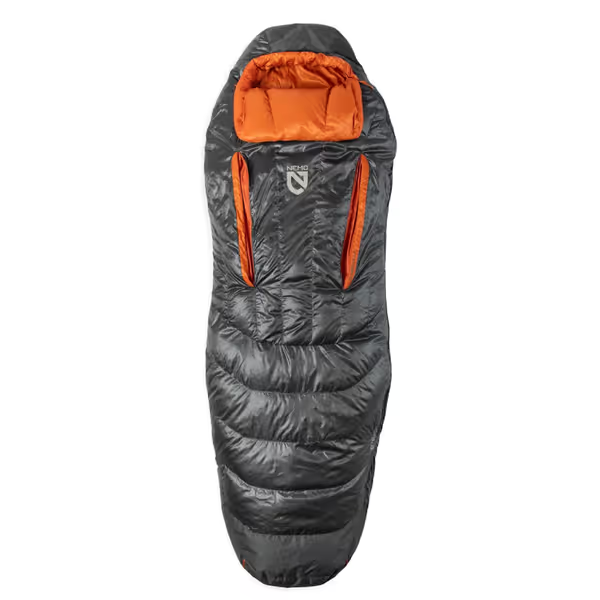
Nemo Disco Endless Promise Down Sleeping Bag
2. What's Your Climate's "Draft Risk" Score?
Ankle drafts spike in variable humidity zones (35-65°F), not deep cold. At 40°F with 70% humidity, moisture condenses in the footbox, chilling you 8°F below bag rating. For the science behind moisture and loft, read our sleeping bag insulation guide. Build a climate preset:
| Zone | Humidity | Draft Risk | Buffer Needed |
|---|---|---|---|
| Coastal | High (70%+) | Severe | +10°F bag rating |
| Desert | Low (<40%) | Low | +5°F |
| Forest | Moderate | High | +7°F |
I learned this pairing shelters and pads the hard way when my "20°F" bag felt like 30°F in Pacific Northwest drizzle. Always pair humidity data with your sleeping bag choice (a fact confirmed by Outdoor Gear Lab's 2025 moisture study).
3. Is Your Pad R-Value Calibrated for Your Height?
Tall campers need higher R-values because more body surface contacts the ground. At 6'4", you transmit 22% more conductive heat loss than a 5'10" sleeper. Most overlook this, then wonder why their "30°F" bag fails at 40°F.
- Cold sleeper? R-value = (Expected low ÷ 10) + 1.5
- Example: 35°F night → R 5.0 pad minimum
Pad length matters too, aim for 2" beyond your heels. Short pads create cold bridges exactly where ankle drafts start. Use this R-value cheat sheet:
| Sleeper Profile | Base R-Value | +Tall Buffer |
|---|---|---|
| Average height | R 4.0 | - |
| 6'1"-6'4" | R 4.5 | +0.5 |
| 6'5"+ | R 5.0 | +1.0 |
4. Does Your Bag Shape Match Your Sleep Position?
"Tall" ≠ "wide." Rectangular bags (like Coleman's Big Tall series) solve ankle drafts but waste heat if you're a mummy sleeper. If you're deciding between shapes, see our mummy vs rectangular sleeping bag guide for the warmth and space trade-offs. Mummy bags rated for tall users often compress insulation at knees. Girth metrics beat shape labels:
- Shoulder girth: Must be ≥ your chest measurement + 4"
- Hip girth: Must be ≥ waist + 6" (critical for side sleepers)
Big Agnes' Echo Park 20 (80" shoulder girth) avoids this, its width accommodates hip flare without sacrificing footbox insulation. For tall women, seek brands with differential sizing (e.g., wider hips/torso versus shoulders). Avoid "unisex tall" bags, they average girths, leaving cold spots.
5. What's Your Safety Margin for 'Shoulder Season' Swings?
Tall campers get hit hardest by temperature drops. A 5°F dip feels like 8°F to you due to greater heat loss. To set realistic expectations for bag ratings, see our sleeping bag temperature ratings explained. Build dynamic buffers:
- Base margin: 7°F above expected low
- Add 2°F if:
- Wind > 10 mph
- Humidity > 60%
- You're a cold sleeper
For a 38°F forecast with wind, a 6'6" cold sleeper needs a 31°F bag (38 - 7 + 2 + 2). This is why "top sleeping bags" for tall users prioritize ventilation control (like Nemo's Thermo Gill zips) to dump heat before sweating, which causes overnight chills.
Your Actionable Next Step
Tonight, build your personal scenario table. Grab your last trip's weather data and:
- List your actual low temp, shelter type, and pad R-value
- Note where you felt cold (ankles? shoulders?)
- Calculate your needed buffer: (Actual comfort temp - bag rating)
My first winter trip showed me a 9°F gap, meaning my "20°F" bag only kept me warm to 29°F. Yours might be 5°F or 12°F. This number is your true margin of safety. Plug it into question #5 above, and you'll pack with confidence. No shame for overpacking while learning; those early buffers become your calibration data. Consistent sleep starts when your plan respects your body's physics, not the tag's promise.
Related Articles

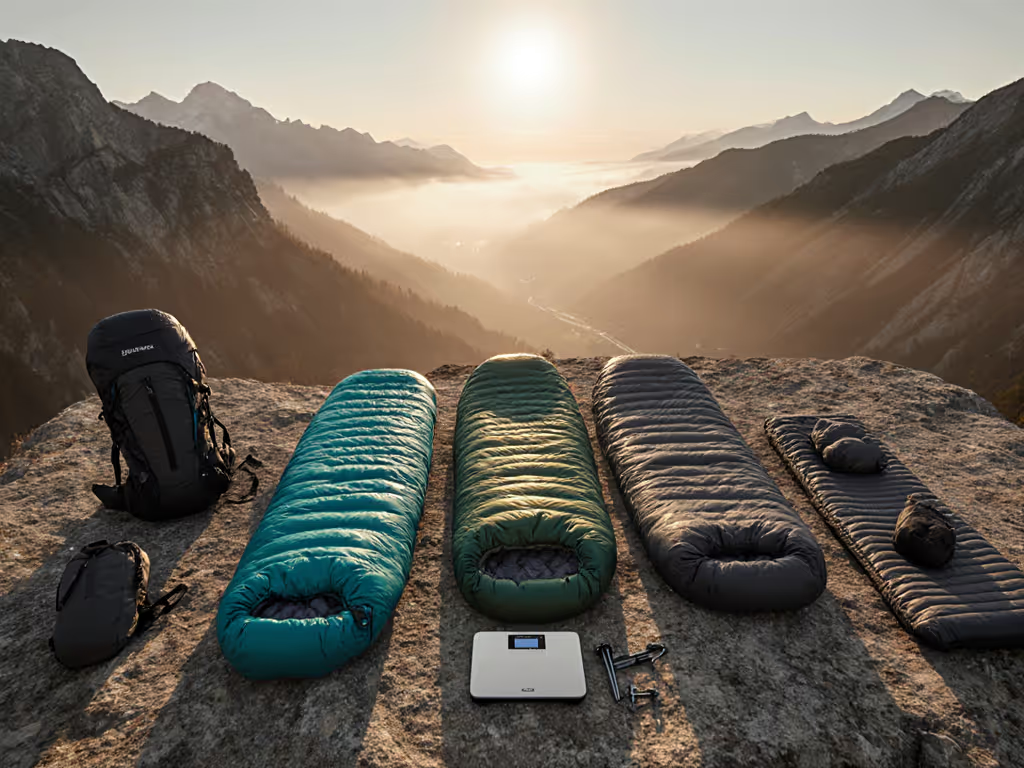
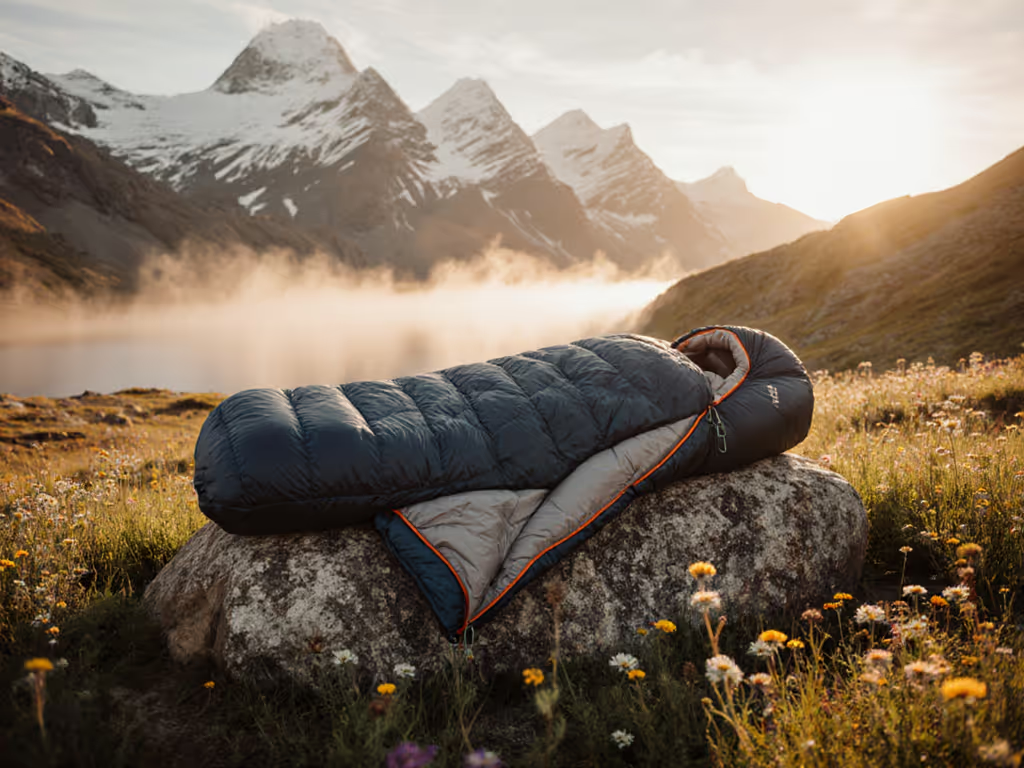
Trusted Eco-Friendly Sleeping Bags: No Performance Trade-Offs
Learn how to choose sustainable sleeping bags that stay warm when it counts, using straightforward price-to-warmth math, durability and repairability checks, and fit-focused tips. Features vetted picks and a value map so you know where to spend, where to save, and when a wearable blanket makes sense.
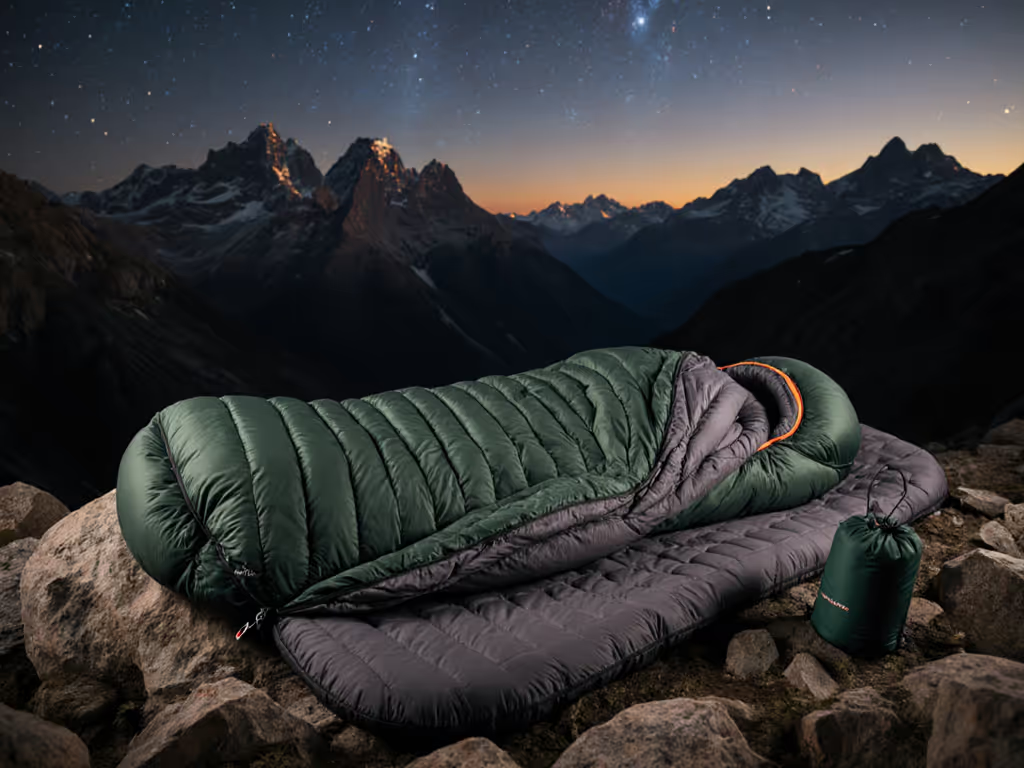
Backpacking Sleeping Bags: Comfort-First Warmth Solved
Focus on comfort, not just temperature ratings: diagnose your sleep position, match fabrics and pad R-values, and manage moisture to optimize real-world warmth. Follow practical checklists and testing steps to build a personalized sleep system that delivers restorative backcountry rest.
